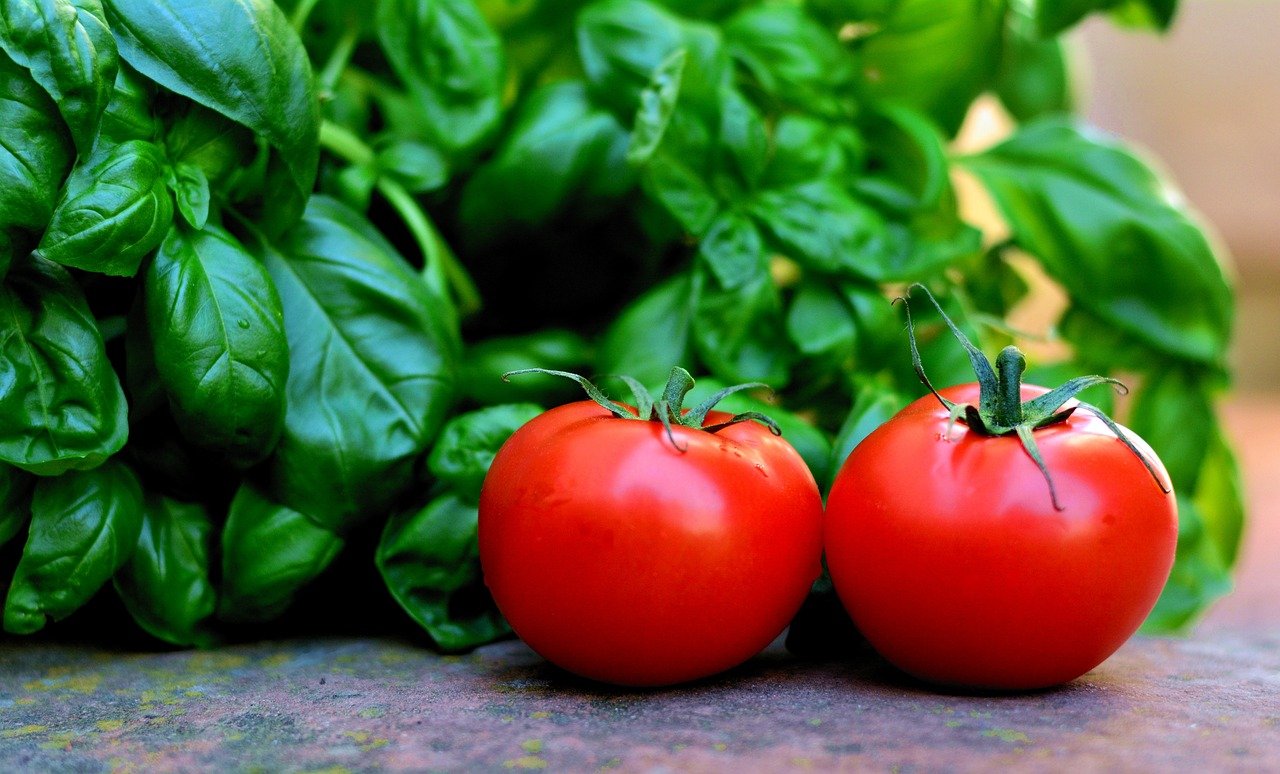
Companion plants for tomatoes
Introduction to Companion Planting for Tomatoes
Definition of companion planting
Companion planting is like creating a garden squad where different plants team up to support each other’s growth and well-being. It involves strategically planting specific plants next to each other to promote better health, repel pests, and enhance flavors.
When it comes to tomatoes, choosing the right companions can make a world of difference in their overall growth and productivity. These companion plants act as natural allies, working together to create a harmonious environment in your garden.
Benefits of companion planting for tomatoes
The benefits of companion planting for tomatoes are truly remarkable. By selecting the right companions, you can improve the flavor, yield, and resilience of your tomato plants. For instance, certain companion plants like basil not only enhance the taste of tomatoes but also help repel harmful pests that might damage your precious crops.
Additionally, companion plants such as marigolds can attract beneficial insects like bees and ladybugs that aid in pollination and pest control. Embracing companion planting for your tomatoes is like unlocking a secret recipe for a thriving garden full of delicious, healthy fruits.
General Companion Plants for Tomatoes
Basil

When it comes to planting companions for your tomatoes, basil is a standout choice. Not only does basil enhance the flavor of your tomatoes, but it also promotes their growth. The aromatic oils in basil plants can actually improve the taste of nearby tomatoes, making them even more delicious when harvested.
In addition to flavor enhancement, basil is a natural pest repellent, helping to keep harmful insects at bay. Planting basil near your tomato plants can act as a protective barrier against pests that may otherwise damage your crop.
Marigolds

Another fantastic companion plant for tomatoes is the humble marigold. These vibrant flowers do more than just add a pop of color to your garden – they are excellent at deterring nematodes and other harmful insects that can wreak havoc on tomato plants. Marigolds release chemicals into the soil that repel nematodes, protecting the roots of your tomato plants from these destructive pests.
Additionally, marigolds attract beneficial pollinators like bees and butterflies to your garden, aiding in the pollination process and ultimately resulting in healthier tomato yields. So, not only do marigolds help protect your tomatoes from pests, but they also support their overall growth and productivity.
Borage: A Wonderful Companion for Your Tomato Plants

Looking to boost the health and flavor of your beloved tomato plants? Look no further than borage!
This herb is a fantastic companion plant for tomatoes, as it not only enhances the overall well-being of your tomato crop but also enriches their taste. Borage has deep roots that help bring up nutrients from the soil, benefiting nearby tomatoes.
Its blue, star-shaped flowers are not just pretty; they also attract bees for pollination, which is essential for fruit production in tomato plants. Bees are nature’s little helpers in the garden, ensuring a bountiful yield of delicious tomatoes.
Nasturtiums: The Colorful Guardians of Your Tomatoes

When it comes to protecting your tomatoes from pesky aphids and whiteflies, nasturtiums are like the knights in shining armor of the plant world. These vibrant flowers not only repel these destructive insects but also add a burst of color to your garden with their edible blooms. Nasturtiums work as a natural pest control method by emitting a scent that aphids and whiteflies find unpleasant, driving them away from your precious tomato plants.
Additionally, these flowers are not just eye candy; they can be plucked and added to salads or used as garnishes, bringing both beauty and flavor to your culinary creations. By planting nasturtiums alongside your tomatoes, you create a harmonious ecosystem where each plant plays a vital role in maintaining balance and warding off threats.
Sweet Alyssum: Nature’s Little Helpers

While commonly overlooked, sweet alyssum is a powerhouse when it comes to companion planting for tomatoes. This delicate, low-growing flower not only adds beauty to your garden but also attracts beneficial insects like ladybugs that are voracious predators of tomato pests. By including sweet alyssum in your tomato patch, you create a welcoming environment for these tiny warriors who will help keep harmful bugs at bay.
Another remarkable benefit of sweet alyssum is its ability to act as a natural ground cover around your tomato plants. As it spreads and fills in the gaps between your vegetables, it suppresses weed growth, reducing the need for constant weeding and mulching.
This not only saves you time and effort but also helps maintain soil moisture levels by preventing excessive evaporation. So, next time you stroll through your garden and see those dainty clusters of sweet alyssum blossoms dancing in the breeze, remember that they are silently working wonders for your tomatoes.
Chives: The Unsung Heroes of Tomato Gardens

Chives may be more renowned for their role in culinary creations than their gardening prowess, but these slender green herbs have some impressive pest-repelling qualities that make them ideal companions for tomatoes. Planting chives near your tomato plants can deter common pests like aphids, spider mites, and nematodes from wreaking havoc on your precious crop.
Their subtle onion aroma acts as a natural deterrent, creating an invisible barrier that pests find unappealing. Aside from their pest-repelling superpowers, chives offer an added bonus to the discerning gardener – fresh flavors for the kitchen.
When harvested and added to dishes, chives bring a mild onion taste that enhances salads, soups, and sauces with its subtle yet distinct flavor profile. So next time you’re enjoying a meal seasoned with freshly chopped chives from your garden, take pride in knowing that these humble herbs are not just adding taste to your food but also protecting your tomatoes from unwanted invaders.
Conclusion
Summary of the Importance of Companion Planting for Tomatoes
Companion planting for tomatoes is not just a gardening trend; it’s a time-tested method that harnesses the power of nature to promote healthier plants and bountiful harvests. By strategically pairing tomatoes with compatible companion plants, you create a holistic ecosystem in your garden that boosts growth, repels pests, and enhances flavors. From the aromatic basil to the vibrant marigolds, each companion plant plays a crucial role in supporting the overall well-being of your tomato plants.
Encouragement to Experiment with Different Companion Plants
As you embark on your journey into companion planting for tomatoes, don’t be afraid to get creative and experiment with different combinations of companion plants. Every garden is unique, and what works wonders for one gardener may not necessarily yield the same results for another.
By trying out various companion plants and observing how they interact with your tomato plants, you’ll not only discover what works best for your specific garden but also deepen your understanding of the intricate web of relationships within nature. So, roll up your sleeves, dig in the soil, and let curiosity be your guide as you explore the wonderful world of companion planting!




